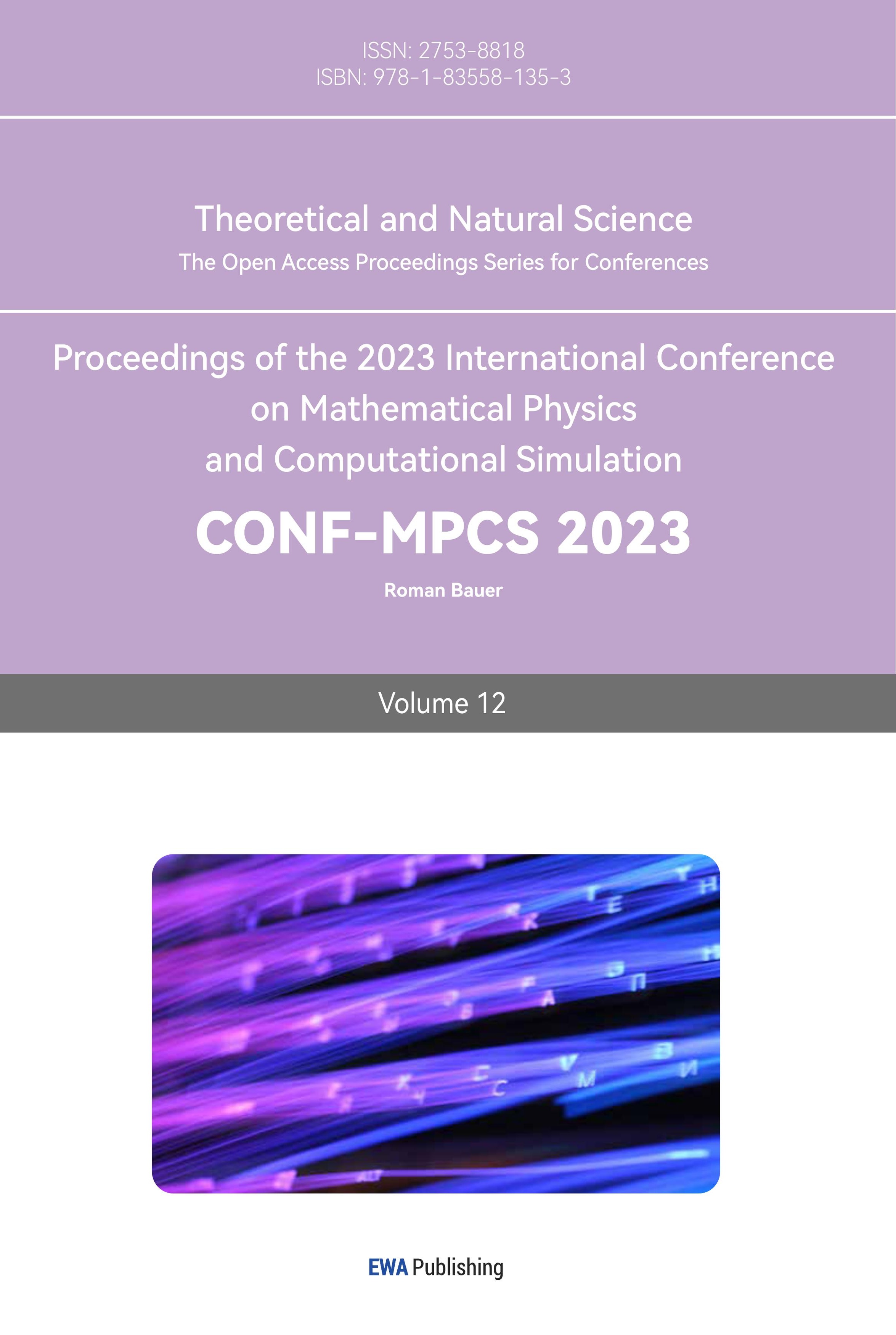References
[1]. Fortney, J. J., et al. “A Unified Theory for the Atmospheres of the Hot and Very Hot Jupiters: Two Classes of Irradiated Atmospheres.” The Astrophysical Journal, vol. 678, no. 2, 10 May 2008, pp. 1419–1435.
[2]. Bonomo, A. S., and S. Desidera. “The GAPS Programme with HARPS-N at TNG.” Astronomy & Astrophysics, vol. 602, June 2017, p. A107.
[3]. Cardoso, José Vinícius de Miranda , Hedges, Christina “Lightkurve: Kepler and TESS time series analysis in Python.” Astrophysics Source Code Library, record ascl:1812.013.
[4]. VanderPlas, Jacob T. “Understanding the Lomb–Scargle Periodogram.” The Astrophysical Journal Supplement Series, vol. 236, no. 1, 11 May 2018, p. 16.
[5]. "Spitzer: Warm IRAC Image Characteristics.” (2015)Irsa.ipac.caltech.edu, irsa.ipac.caltech.edu/data/SPITZER/docs/irac/warmimgcharacteristics/.
[6]. Fortney, J. J., Demory, (2011). DISCOVERY AND ATMOSPHERIC CHARACTERIZATION OF GIANT PLANET KEPLER-12b: AN INFLATED RADIUS OUTLIER. The Astrophysical Journal Supplement Series, 197(1), 9.
[7]. Tsiaras, A., and I. P. Waldmann. “A New Approach to Analyzing HST Spatial Scans: The Transmission Spectrum of HD 209458 B.” The Astrophysical Journal, vol. 832, 1 Dec. 2016, p. 202.
[8]. Holton, Gerald, and Stephen George. Physics, the Human Adventure : From Copernicus to Einstein and Beyond. New Brunswick, Rutgers University Press, 2010, p. 45.
[9]. Krenn, A. F., and M. Lendl. “The Geometric Albedo of the Hot Jupiter HD 189733b Measured with CHEOPS.” Astronomy & Astrophysics, vol. 672, Mar. 2023, p. A24.
[10]. Snellen, Ignas A. G., et al. “The Changing Phases of Extrasolar Planet CoRoT-1b.” Nature, vol. 459, no. 7246, May 2009, pp. 543–545.
Cite this article
Qi,L. (2023). Using Python programs to determine the secondary eclipse depth of Kepler-12 b and its geometric albedo. Theoretical and Natural Science,12,136-140.
Data availability
The datasets used and/or analyzed during the current study will be available from the authors upon reasonable request.
Disclaimer/Publisher's Note
The statements, opinions and data contained in all publications are solely those of the individual author(s) and contributor(s) and not of EWA Publishing and/or the editor(s). EWA Publishing and/or the editor(s) disclaim responsibility for any injury to people or property resulting from any ideas, methods, instructions or products referred to in the content.
About volume
Volume title: Proceedings of the 2023 International Conference on Mathematical Physics and Computational Simulation
© 2024 by the author(s). Licensee EWA Publishing, Oxford, UK. This article is an open access article distributed under the terms and
conditions of the Creative Commons Attribution (CC BY) license. Authors who
publish this series agree to the following terms:
1. Authors retain copyright and grant the series right of first publication with the work simultaneously licensed under a Creative Commons
Attribution License that allows others to share the work with an acknowledgment of the work's authorship and initial publication in this
series.
2. Authors are able to enter into separate, additional contractual arrangements for the non-exclusive distribution of the series's published
version of the work (e.g., post it to an institutional repository or publish it in a book), with an acknowledgment of its initial
publication in this series.
3. Authors are permitted and encouraged to post their work online (e.g., in institutional repositories or on their website) prior to and
during the submission process, as it can lead to productive exchanges, as well as earlier and greater citation of published work (See
Open access policy for details).
References
[1]. Fortney, J. J., et al. “A Unified Theory for the Atmospheres of the Hot and Very Hot Jupiters: Two Classes of Irradiated Atmospheres.” The Astrophysical Journal, vol. 678, no. 2, 10 May 2008, pp. 1419–1435.
[2]. Bonomo, A. S., and S. Desidera. “The GAPS Programme with HARPS-N at TNG.” Astronomy & Astrophysics, vol. 602, June 2017, p. A107.
[3]. Cardoso, José Vinícius de Miranda , Hedges, Christina “Lightkurve: Kepler and TESS time series analysis in Python.” Astrophysics Source Code Library, record ascl:1812.013.
[4]. VanderPlas, Jacob T. “Understanding the Lomb–Scargle Periodogram.” The Astrophysical Journal Supplement Series, vol. 236, no. 1, 11 May 2018, p. 16.
[5]. "Spitzer: Warm IRAC Image Characteristics.” (2015)Irsa.ipac.caltech.edu, irsa.ipac.caltech.edu/data/SPITZER/docs/irac/warmimgcharacteristics/.
[6]. Fortney, J. J., Demory, (2011). DISCOVERY AND ATMOSPHERIC CHARACTERIZATION OF GIANT PLANET KEPLER-12b: AN INFLATED RADIUS OUTLIER. The Astrophysical Journal Supplement Series, 197(1), 9.
[7]. Tsiaras, A., and I. P. Waldmann. “A New Approach to Analyzing HST Spatial Scans: The Transmission Spectrum of HD 209458 B.” The Astrophysical Journal, vol. 832, 1 Dec. 2016, p. 202.
[8]. Holton, Gerald, and Stephen George. Physics, the Human Adventure : From Copernicus to Einstein and Beyond. New Brunswick, Rutgers University Press, 2010, p. 45.
[9]. Krenn, A. F., and M. Lendl. “The Geometric Albedo of the Hot Jupiter HD 189733b Measured with CHEOPS.” Astronomy & Astrophysics, vol. 672, Mar. 2023, p. A24.
[10]. Snellen, Ignas A. G., et al. “The Changing Phases of Extrasolar Planet CoRoT-1b.” Nature, vol. 459, no. 7246, May 2009, pp. 543–545.









